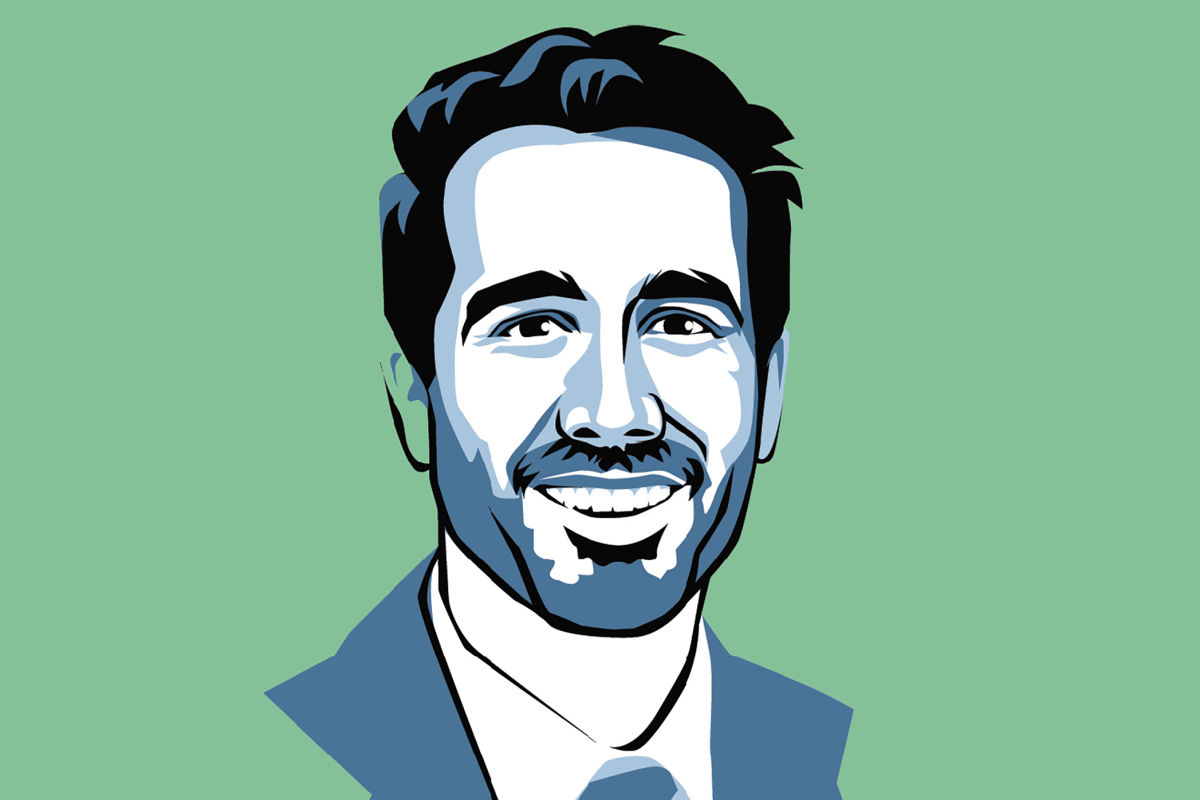Houstonia Magazine
329 NE Couch Street, Suite 200
Portland, OR 97232
By Uvie Bikomo Published in the Spring 2025 issue of Houstonia Magazine
Image: Robin Kachantones
This story is part of our “Reasons to Love Houston” package, published in the Spring 2025 issue.
Houston’s reputation as a global leader in cancer care draws thousands of patients to MD Anderson Cancer Center each year, many of them from out of state—around 45,000 of the 179,000 total in 2023 alone. Dr. Neema Navai, cochair of the institution’s Virtual Care platform, discusses how his team coordinates and streamlines care for long-distance patients.
A cancer diagnosis, or a concern about a possible cancer diagnosis, is in and of itself a big weight, and if you add the logistics of having to travel to seek the best possible care, it adds more complexity. There’s potentially prolonged periods
of time where [patients] might need to be in Houston for the specialized kind of care that can only happen within our walls. There’s unique challenges around identifying places they could stay [and] whether they’re going to be able to access the same kind of cultural services they’re used to at home. It adds a different layer and dimension. We benefit tremendously from being in a city that is so multicultural and so welcoming of outsiders, and that helps us a lot. We have a great amount of resources and dedicated teams within the institution that work tirelessly to make the transition as seamless as possible.
Texas is a huge state—traveling from West Texas to Houston can mean a 10-hour drive, which is unbelievable. Virtual care has been a huge benefit to our patients so they can continue to access our services and take away some of the burden of traveling to Houston. It provides us with insight as to what [the] needs are going to be when patients arrive. We can coordinate clinical needs within just a few short days, as opposed to weeks. So, virtual care has been a big part of that. Our physician faculty are licensed in nine states outside of Texas so we can extend virtual care beyond the boundaries of the state. We’re continuing to invest heavily in our digital health footprint, to make that journey as seamless as possible for patients.
We have a litany of other services that look at digital health tools beyond just virtual care visits. These are things like remote patient monitoring, which is a way that we can maintain clinical insights on patients while they’re outside our walls. We’re also doing early investigations into things like hospital-at-home programs.
It’s uncommon for a patient to be purely in a virtual care model. Our commitment to cancer outcomes is first and foremost, and that puts pressure on us to make sure we can provide those services. Virtual care is just one way that we augment our ability to do that, but it’s not in isolation. It’s a cohesive, holistic approach. When the patient’s needs can be addressed through virtual care, we’re more than happy to provide those services, but when a patient needs to be physically present, we obviously lean on our presence for those services.
We have really robust opportunities for entry at MD Anderson. We’ve got amazing team members that can soften the burden and connect [patients] with wraparound services. If they need assistance with travel or housing arrangements, or just to understand more fully what they can anticipate [and] how long they’re going to need to be in Houston, those are all things we’re well oiled to help deliver on.
Vitamin M
02/07/2025 By Jef Rouner
Best in Care
09/17/2024 By Houstonia Staff
2024 Houstonian of the Year Finalist
11/18/2024 By Uvie Bikomo
Growth Mindset
08/13/2024 By Mellanie Perez




